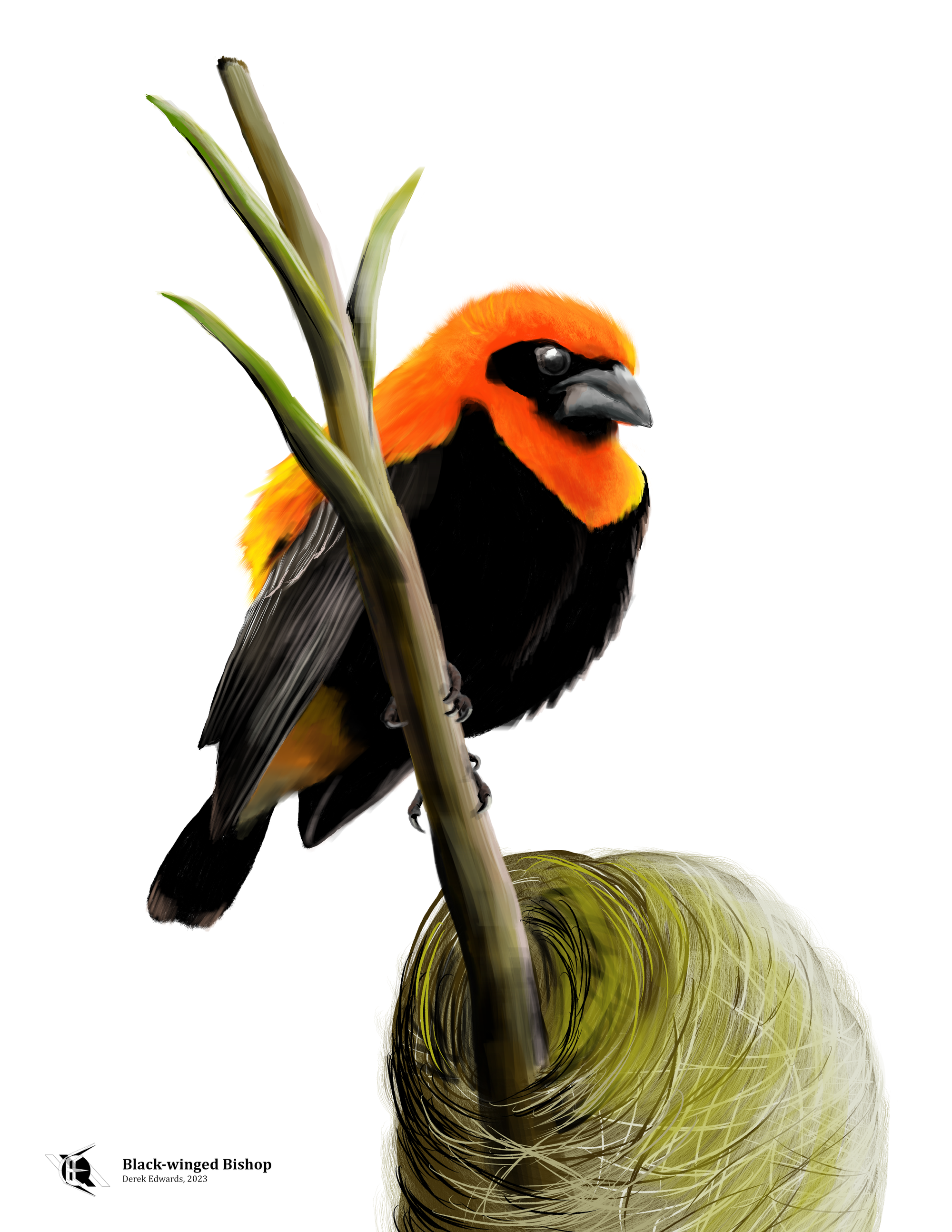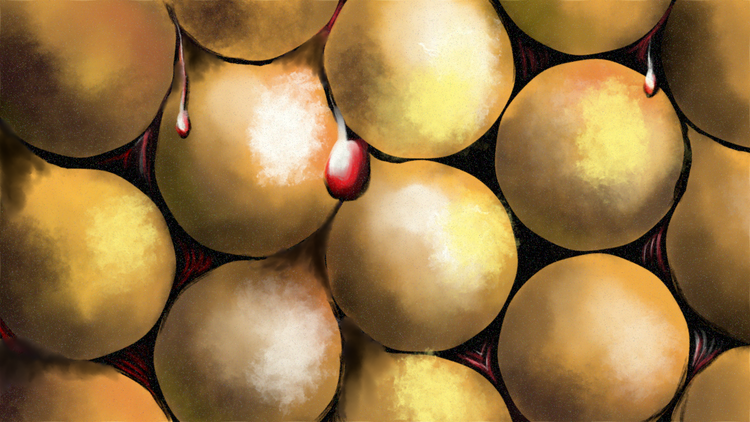
Running Commentary 2/20/2023
Hello,
It's getting close to time for the bay ducks to come back up through the lakes and rivers where I live. They aren't here yet; I've checked the usual spots. But they'll be through soon, and I'll be waiting.
Anyway...
Watching...

BattleBots
- BLOODSPORT v GIGABYTE - This fight got off to a weird start, with Bloodsport leaving their weapon still for a bit, letting Gigabyte get some free hits in. Once they did spin up, though, the fight was over in the first hit. Gigabyte never recovered from getting tossed across the arena, eventually ceasing all movement. It was nice to see Blooksport work as intended here after their disappointing season debut.
- CLAW VIPER v OVERHAUL - This was to grappler bots what Hydra v Bronco was to flippers; a title claim for best-in-class. Claw Viper is undoubtedlythe best grappler in the sport today, and it really demonstrates that there's no substitute for putting the work in, both in build and in driving. Hypershock is the only bot standing between Claw Viper and an undefeated season, and that's a fight that I'm very much looking forward to.
- MONSOON v HORIZON - I was curious to see in this fight if Horizon's anemic performance in its last match was due to some issue or just a bad design. I'm still curious, since Monsoon didn't give them a chance to do anything. Ah well. I was kind of amused that Tom Brewster seemed to be crying with joy at beating an alternate fresh off a loss to Shreddit Bro, but it seems he was moreso just happy to be back in BattleBots this year.
- MAMMOTH v STARCHILD - If I had to pick a favorite BattleBots match, it'd probably be Mammoth v Huge. There were other matches with bigger hits and more impressive driving, but that's simply the most entertaining fight. This fight was something like that one, obviously, but it wasn't the same sort of instant classic. Starchild still seems like it needs at least a serious design overhaul, since they couldn't hit literally the largest target in the competition much of the time, and, when they did, they dealt negligible damage to an unarmored opponent.
- COPPERHEAD v TRITON - Speaking of unarmored bots, Triton was actually doing okay until they let Copperhead hit their backside, which we found out was less armored than just enclosed. This was actually a double knockout, since Copperhead got stuck up on top of one of Triton's disemboweled batteries, but it was probably the easiest judge's decision ever to award them the win.
- LUCKY v KRAKEN - Once again, I get the feeling that Matt Spurk just doesn't know how to drive the new Kraken yet. He got stuck up on the upper deck for as long as I can remember anyone with functioning wheels being. Spurk really needs to get that figured out if he wants to make the tournament.
- MINOTAUR v COBALT - This was the best fight of the night and one of the best this season. Both of these bots are big damage dealers, but Minotaur had the advantage of having its weapon set more toward the front. That's always been Cobalt's weakness: it's weapon is set where it doesn't make contact until it gets under its opponent. But they did more to Minotaur than many bots have. Again, great fight. BattleBots tried to post it to YouTube but seem to be having issues at time of writing, so no link yet, sorry.

The Bad Batch
The Batch adjusts to life without Echo. It's harder than you might expect. Here are my notes:
- Everyone always made fun of Echo for bringing nothing to the team besides the ability to plug into astromech ports (something that he can't do in Lego Star Wars: The Skywalker Saga, annoyingly). In this episode, it becomes evident that he had most of the team's luck.
- Not a whole lot happened in this episode – besides the Ravager getting stolen, which I expect will get resolved in the upcoming episode – but there was some good character work, which made up for it. I'd rather a low-action episode where I get to know the characters better than an action-filled one where no one does anything of consequence.
- I couldn't help thinking about that cave diving story I curated a bit ago while I was watching this episode. Thankfully, this episode's caves seemed more navigable.
- I'm not really sure where this show's going with Cid. I don't see her becoming a villain, but there's been a lot this season to emphasize that she isn't going to be as dependable towards the Bad Batch as they've been to her.

Bird of the Week
Traditionally, birds have been defined as things with feathers. All birds have feathers, and no living creatures besides birds have feathers. Beyond that core feature, it can seem that birds have little else in common. There are flying birds, walking birds, swimming birds, hunting birds, foraging birds, scavenging birds, big birds, small birds, showy birds, drab birds, gregarious birds, solitary birds, smart birds, dim birds, friendly birds, timid birds, hostile birds, far-roaming birds, provincial birds, widespread birds, and birds found only on particular hilltops. All have feathers, but they otherwise seem as different from one another as can be. But they do share one other thing in common: they all lay eggs.
Bird eggs come in a variety of shapes, colors, and sizes, but they are all fundamentally the same thing: an embryonic bird suspended in fluid, drawing nourishment from a nutrient-dense yolk and protected by a shell of calcium carbonate. Eggs have no ability to maintain a temperature, so they must be kept warm externally. With a few exceptions, that heat comes from the parent's own bodies. Birds generally incubate their eggs in a nest, and nests are as varied as birds are. The simplest is the nest formed by emperor penguin fathers from their own feet, but others make more elaborate constructs. Take, for instance, the intricately crafted orbs of grass produced by a family of birds known as the weavers, which includes this week's bird, the Black-winged Bishop.
Weavers are, besides a single genus found in the Asian tropics, African birds. They are generally finch-like in their appearance, with the males of some species exhibiting bright red or yellow feathers. They are named for their practice of carefully knotting together blades of grass or small sticks into enclosed nests. In some species, these nests can become quite large; in bishops, they're reasonably softball-sized, with an entrance hole in the side; the males build the nests, usually around the cane of large reeds. Bishops are polygynous, with males claiming a home territory, mating with about four females in a season, and leaving said females to tend to the nests alone. Males will, during the breeding season, take on the depicted scarlet-and-black appearance and begin singing to attract a mate. Females seem to prefer males with longer tails, though the tails of bishops are not especially long compared to those of some other weavers.
The term "bishop", derived from the Greek word for an overseer, episkopos, has long been used by Christians to name the clergyman in charge of a church or region of churches. How this term came to be applied to these birds is a bit of a mystery (common names aren't as easy to research as scientific names), but I've found some clues: another species in the genus, the northern red bishop, has the formal species name franciscanus, a reference to a Catholic religious order who wear scarlet robes. So it may be that, like the northern cardinal and the prothonotary warbler, the bishops are so named because they appear to be wearing vestments. But then, the bishops share their genus with other, less colorful weavers known as widowbirds. I haven't found any more etymology for "widowbird" than I have for "bishop"; it might be that the mostly black male widowbirds are thought to be dressed in mourning garb, or the name could derive from the way that the way these birds mate without pairing up long-term, leaving them seemingly always solitary. If the latter is the case, the same could be true of the bishops. Obviously, Catholic bishops are unmarried, and even other churches that allow for married priests still prefer unmarried or widowed bishops. Again, this is all speculation on my part. More locally, they are known as vuurkopvinke, or "fire-headed finches", in Afrikaans. To science, the bird is Euplectes hordeaceus; the genus means "good weaver", while the species references barley, a crop the birds are known to feed on.
Curation Links
Tulip Mania | Anne Goldgar, The Conversation
"Tulip mania was irrational, the story goes. Tulip mania was a frenzy. Everyone in the Netherlands was involved, from chimney-sweeps to aristocrats. The same tulip bulb, or rather tulip future, was traded sometimes 10 times a day. No one wanted the bulbs, only the profits – it was a phenomenon of pure greed. Tulips were sold for crazy prices – the price of houses – and fortunes were won and lost. It was the foolishness of newcomers to the market that set off the crash in February 1637. Desperate bankrupts threw themselves in canals. The government finally stepped in and ceased the trade, but not before the economy of Holland was ruined. Yes, it makes an exciting story. The trouble is, most of it is untrue."
Why 'pudding' refers to sausages and desserts | Adam Ragusea
[VIDEO] A bit of culinary etymology, explaining why American starch creams and British breakfast sausages both have the same name. (10 minutes)
2022 Photo Contest Winners | National Geographic
Another photo contest winner round-up. These are not sorted by subject, they’re all just striking photos of the world. There are more than one of birds, naturally.
Learning to Live on Rock | Anna Villegas, Nowhere
[FICTION] “Stilted diction, cellophane’d kreatopita, fretful dark-haired babies, sweet blind moments, purple lobelia, detached windlasses, offstage burials, sleep-shut eyes & Milos.”
See the full archive of curations on Notion






Member Commentary